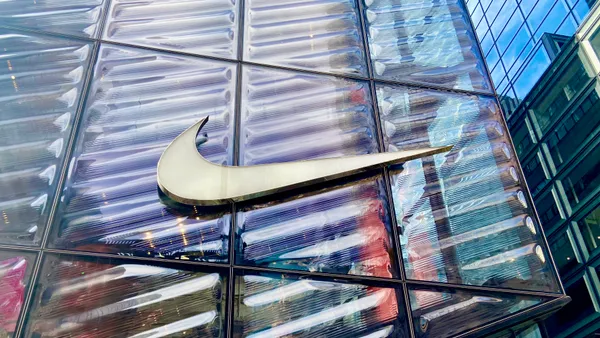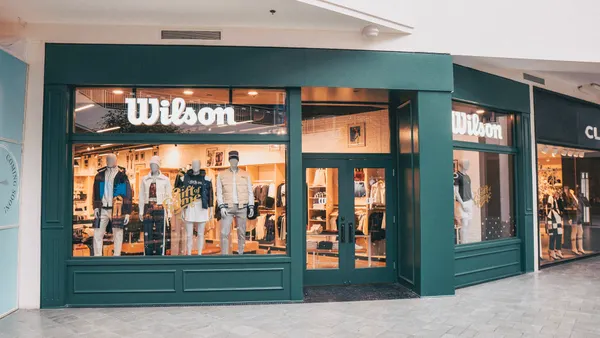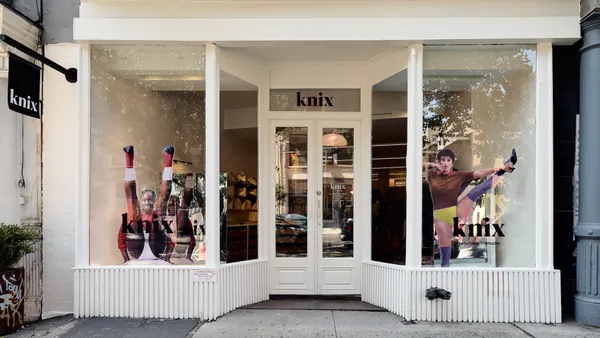Dive Brief:
- Burlington Stores is shutting down its e-commerce site to focus on its brick-and-mortar business, CEO Michael O'Sullivan told analysts Thursday, according to a Seeking Alpha transcript.
- "In our business, which is a moderate off-price business, the nature of the Treasure Hunt and the average price point that we operate at means that bricks-and-mortar stores have a significant competitive and economic advantage over e-commerce," O'Sullivan said.
- The off-price retailer plans to open a net 54 stores in 2020, executives added. The new stores are expected to average 39,700 feet, slightly smaller than Burlington's historical average of 40,000 square feet.
Dive Insight:
The closure of Burlington's online store is more symbolic than substantive. It represented just 0.5% of the retailer's sales, according to O'Sullivan. But it is a sign of the continued robustness of brick and mortar in the off-price sector.
One analyst viewed the shutdown as "not a big surprise." For Burlington, the math just didn't add up. "E-commerce, when you fully account for the cost of merchandising, processing, shipping, accepting returns, it's very difficult, impossible to make at those price points in the businesses that we compete in," O'Sullivan said, explaining the company's reasoning.
He also noted that it's hard to recreate online the "treasure hunt" feel of an off-price store, which is one of the sector's main advantages and a key reason why it has thrived while department stores have been battered by the growth of e-commerce and other shifts in consumer behavior. "You can see that just in our own results. Our top line growth in the last three years has averaged about 8% per year driven by our bricks and mortar stores. We're clearly taking market share," he said.
Finally, Burlington is fairly small relative to its peers, namely Ross and TJX Cos. That gives Burlington room to grow and focus on its store fleet, in O'Sullivan's view.
Burlington's Q4 performance
| Metric | Q4 | YoY |
|---|---|---|
| Total sales | $2.2 billion | +10.5% |
| Comps | +3.9% | - |
| Gross margin | 42.1% | +20 BPS |
| Net income | $206 million | +12% |
| Inventory value | $777 million | -18.6% |
| Long-term debt | $1 billion | +1.8% |
Source: Burlington press release
"Perhaps this is counter-intuitive and surprising for some, but we view this as the right move for [Burlington]," said MKM Partners analyst Roxanne Meyer in an emailed client note. "We believe the treasure-hunt experience for off-price doesn't replicate well [online] as evidenced by the disappearance of standalone flash-sale/off-price online models over the last decade (these either went away or were mostly acquired by department stores). Additionally, the cost of doing business online with low AUR's [average unit retail] is not viable."
Burlington's peers are similarly insulated from e-commerce, for now at least. TJX's e-commerce business is larger, but still tiny relative to the rest of its business, accounting for about 2% of the off-price giant's sales. The company just last fall debuted an e-commerce site for its Marshalls banner.
In the conference call, O'Sullivan also unveiled a larger, multi-year strategy for the retailer aimed at holding more liquidity, investing in merchandising and sourcing, operating with leaner inventories and more flexibility throughout its business, and "tightly controlling expenses."














